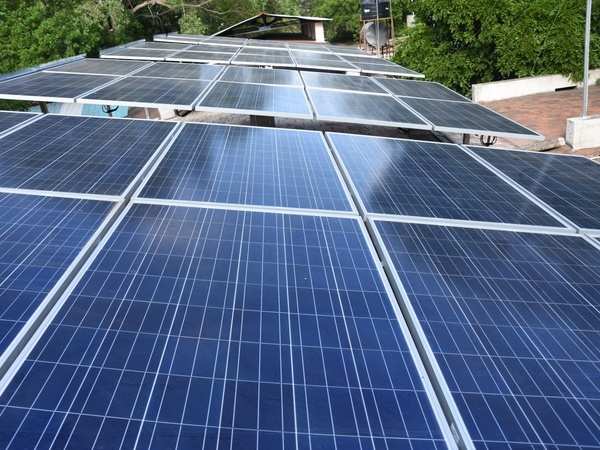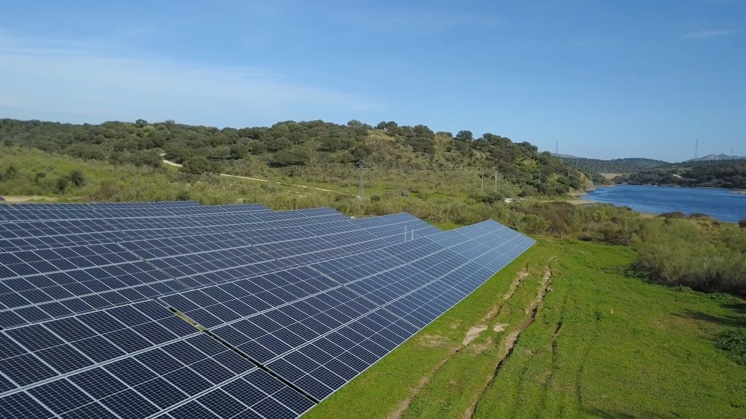
South America has ample amount of natural resources, which drives the demand for solar photovoltaic (PV) installations. Panels, inverters, surge arrestors, connections, mounting methods, and metering are some of the key components of solar photovoltaic systems. The Atacama Desert in Chile and northern Argentina boasts some of the world’s highest levels of sun irradiation. These sites provide ideal conditions for large-scale solar power generation. Brazil, Chile, Argentina, and Colombia are among the top solar energy producers. For example, in Brazil, solar power is the second-largest source of electricity for the main system. This has drawn Chinese investment by providing technology and funding to ease large-scale solar projects. Between 2019 and 2022, Chinese solar project capacity increased from 1.4 GW to 4.9 GW. These investments contribute to combating climate change and reducing the usage of fossil fuels.
Surge arrestors are becoming increasingly important in the region as solar photovoltaics become adopted. Surge arrestors safeguard electrical components against voltage surges induced by lightning strikes and switching activities. They protect solar equipment such as PV panels, inverters, transformers, and control systems. Surge arrestors help solar farms run smoothly and avoid downtime and equipment damage. Let us now discuss the significance of surge arrestors and how they will alter the solar energy industry.
Role of surge arrestors on the integration of solar PV into the grid.
Energy generated by solar photovoltaics contributes to energy security, climate goals, and energy reliability. It is so critical to integrate solar PV with the main grid to deliver the excess energy generated. This can also help to mitigate the intermittent nature of solar energy. Surge arrestors safeguard important components from voltage spikes. This allows for a smooth integration into the electric grid. Lightning strikes, switching activities, and power spikes can all cause harm to PV systems. This may impede the flow of electricity from the solar farm to the grid. Here’s how surge arrestors affect solar PV integration with the grid.

- Ensure grid reliability and stability – voltage surges can affect the solar PV and the electrical grid. Surges can cause fluctuations, which lead to grid instability or disconnection. Surge arrestors ensure the voltage spikes are neutralized before they reach the grid. Additionally, it helps prevent broader disturbances to the grid.
- Protection of solar PV components – solar farms consist of sensitive electrical components. These components are important for converting the solar energy into usable electricity and synchronizing with the grid. Such components include PV panels, inverters, transformers, and switchgear. Surge arrestors safeguard and ensure the protection of these components for continuous operation.
- Effective power quality control – voltage imbalances can harm other connected systems and lead to equipment damage. Surge arrestors protect against voltage spikes that could reduce electricity’s power quality.
- Reduces downtime and power interruptions – damage to the solar PV components can lead to power interruptions. This affects the electricity supplied to the grid. Surge arrestors reduce the likelihood of power interruptions by protecting the components from damage. This ensures the solar farm continues supplying electricity to the grid without downtimes or repairs.
Technical aspects for solar photovoltaics installations in South America
With the increased deployment of solar energy farms in South America, there are various variables to consider to assure peak performance. The region has a distinct geography, climate, and energy market characteristics. Using these technology solutions helps the region reach its clean energy targets. As previously stated, it is critical to include surge arrestors in installations. This is to reduce the likelihood of damage from lightning strikes and switching procedures. The following are the technological considerations for the installation.

- Inverter technology – these are components that convert direct current (DC) into alternating current (AC) for grid use. It is therefore important to consider grid-forming inverters, string inverters, or smart inverters.
- Solar panel selection and tracking systems – select panels with high efficiency to maximize energy output. Solar tracking systems can increase energy capture by adjusting panel angles to follow the sun’s path.
- Monitoring and maintenance technology – remote monitoring systems and predictive maintenance technologies help to ensure the performance and longevity of solar PV installations.
- Local manufacturing and supply chain – check the specific country’s local content requirements for renewable energy projects. Local manufacturing facilities for solar panels help reduce costs and shorten lead times.
